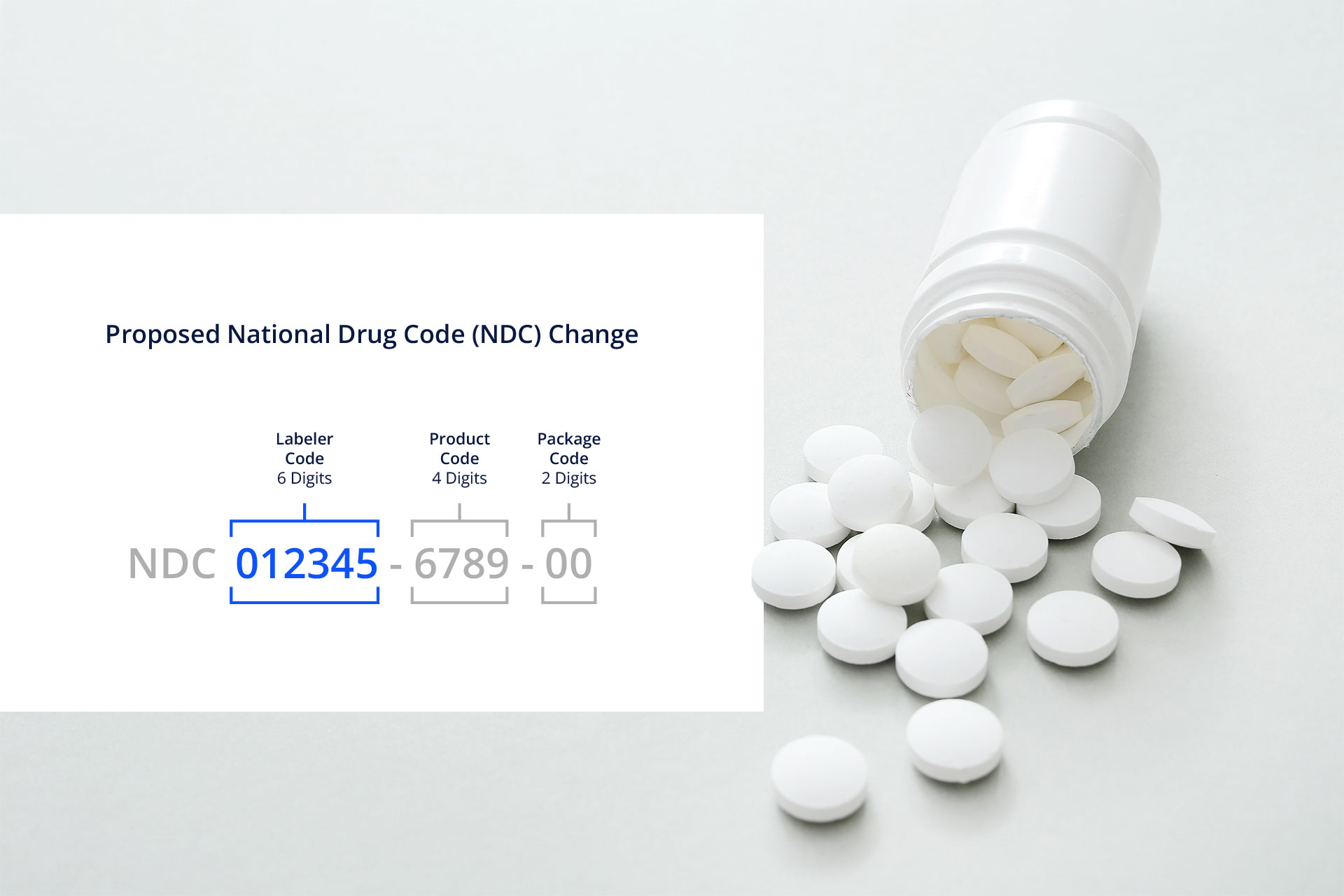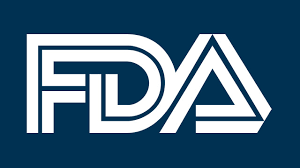FDA announced plans to update National Drug Code with new, standard format
On Monday, July 25, the US Food and Drug Administration (FDA) announced an intention to update the National Drug Code (NDC) format, moving from the current 10-digit format to a new, standardized 12-digit format.
The proposal
The NDC, “an FDA standard for uniquely identifying drug products marketed in the United States”, is, as of now, composed of 10 digits, which are organized in three segments: the labeler code, the product code, and the package code. With the proposed change, the new 12-digit codes will continue to follow this configuration. Labeler codes will consist of 6 digits, product codes, 4 digits, and package codes, 2 digits.
According to FDA, the change aims at facilitating the adoption of a single NDC format by all stakeholders, eliminating the need for converting NDCs from one of the current FDA formats to different ones. This should also decrease potential errors caused by these conversions.
Additionally, “Standardization and adoption of a single format would also eliminate the need for additional quality control and validation by certain stakeholders, such as payors and prescribers, to ensure a drug product and its respective NDC are accurate.”
Another benefit of the proposed change to the NDCs format is the chance to avoid potential risks to public health caused by the reduction of medication errors and risk of confusion.
Transition

Expecting to run out of 5-digit labeler codes and start issuing 6-digit labeler codes in ten to 15 years, allowing for a transition period.
Needless to say, this will require stakeholders to update their systems so that they can deal with the new format. With this in mind, FDA is proposing a 5-year delay to the date of the final rule to allow stakeholders to adapt their systems.
And FDA is also adding a 3-year period for transition following the effective date of the final rule. Companies that use 10-digit NDCs assigned prior to effective date should start updating as soon as possible during this proposed 3-year transition period, replacing the 10-digit NDCs with the new 12-digit NDCs by adding leading zeros to the labeler code, product code, and/or package code segments as necessary.
Such updates will not happen without costs, of course. FDA estimates annualized costs to be around $12.4 million, ranging from $6.1 million to $19.4 million.
This includes “one-time costs of updating software systems, new training for employees, coordinating labeling updates, and reading and understanding the proposed rule”. FDA, however, points out that costs regarding software update and training were bound to incur anyway since the existing 10-digit formats cannot accommodate the new 12-digit format they are set to start issuing in the future.
Also, when it comes to labeling, industry can incorporate changes to the existing labels into recurring updates, avoiding relabeling costs.
Background
According to FDA, stakeholders expressed their interest in adopting a single, standard NDC format, which led to FDA starting public discussions regarding the matter by holding a public hearing on November 5, 2018. In the hearing, FDA required stakeholders to comment on the impact of the transition to a new 6-digit labeler format.
Current regulation states that the labeler codes in the NDCs consist of 5 digits, with FDA moving to the mentioned 6-digit standardized new format. As it is now, the other two segments in the NDCs, product code and package code, are issued with 3-4 and 1-2 digits respectively.
The labeler code identifies the manufacturer, repacker, relabeler, or private label distributor of the drug product. Product code identifies specific active ingredients, strength, and dosage. And package code identifies package sizes and types.
In the public hearing of November 5, FDA presented stakeholders with four options:
- To continue using 5-digit label codes until the inventory is exhausted and then move to the new 6-digit format, intending “to allow stakeholders currently using 10-digit NDCs to continue using them and provide additional flexibility to stakeholders regarding NDC formats.”
- Same as the first option, but FDA will stop issuing 5-digit labeler codes and start issuing 6-digit labeler codes on a specified date in the future, before running out of 5-digit labeler codes. “This option is intended to provide more certainty to stakeholders by establishing a designated future date.”
- To move from the 10-digit format to an 11-digit format. When the 5-digit labeler codes are exhausted, “FDA will begin assigning 6-digit labeler codes for use in 6-3-2 and 6-4-1 sequenced formats.” Although this option would establish an uniform length, it would also result in more than one format available.
- Moving straight to the 12-digit, 6-4-2 format on a specific date, before 5-digit labeler codes are exhausted. “Existing NDCs would be converted from their existing format by adding leading zeros to the short segments. This would create one standard configuration for all NDCs.”
The majority of stakeholders commented in favor of the last option, said FDA. Additionally, they asked for a ten-year delay in complying with the final rule, prompting FDA to offer the mentioned 5-year delay.
Read more about this proposal here.




